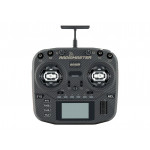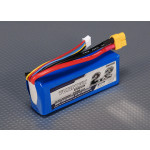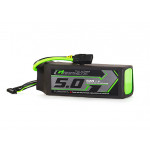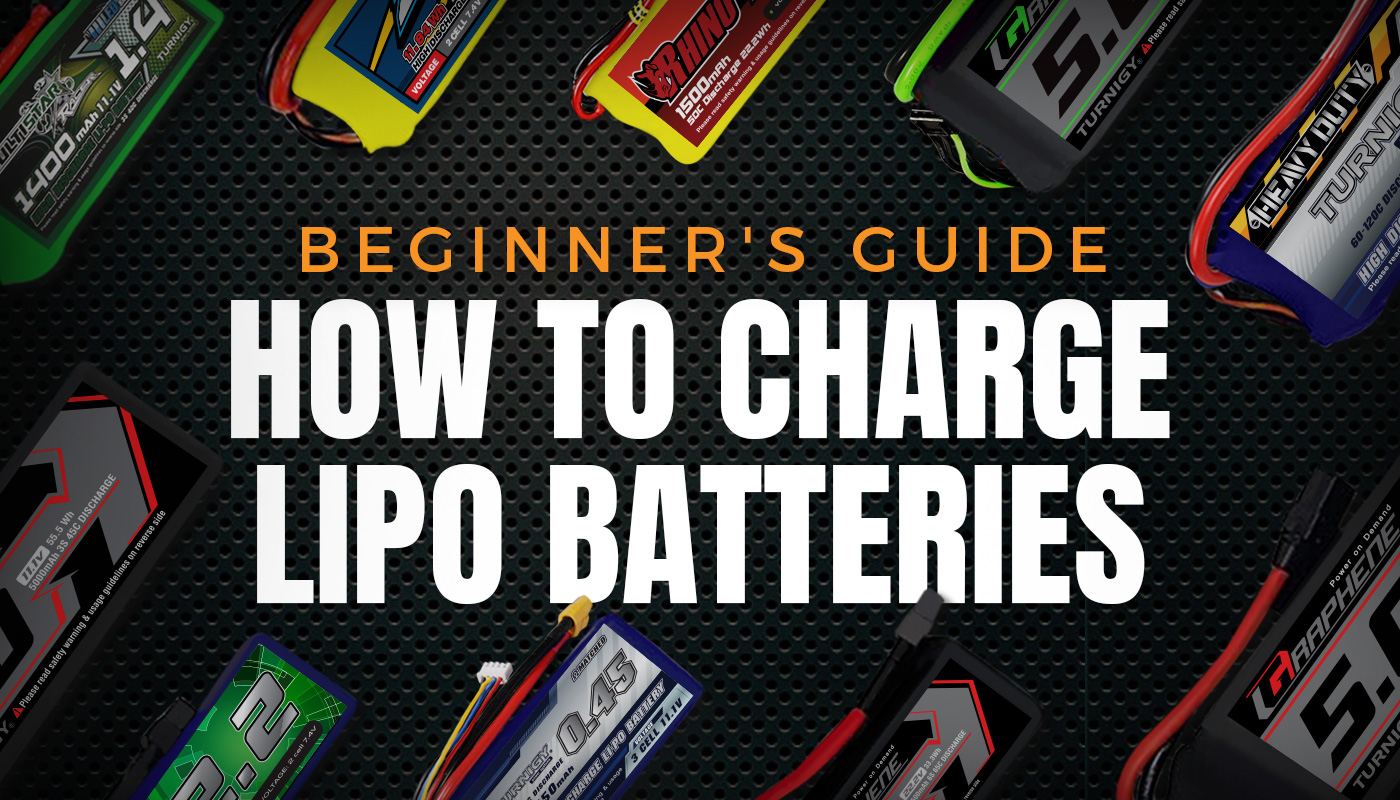
Lithium Polymer (LiPo) batteries have undeniably surpassed all their predecessors. However, they do come with one drawback: safety. As they can catch fire or even explode, extra care and discipline are needed when dealing with LiPos. When used responsibly, the risk and magnitude of an accident are greatly reduced.
Here is a simple guide on how to safely charge your LiPos.
Understanding the Numbers and Letters on Your LiPo
The most important yet overlooked prerequisite when dealing with LiPos is the ability to read and comprehend them. There are ultimately four ratings to recognize: the Capacity (mAh), the Voltage (V), the Cell Count (S), and the Discharge Rate (C).
If you already understand what each of the above entails, then you’re already ahead of the pack. If you don’t, please read our blog on Understanding the Numbers and Letters on Your LiPo before going anywhere near a charger.
Charging your LiPos without first understanding them is just asking for trouble.
Distinguishing the Two Connectors
All LiPos (unless they are single-celled) will come with two connectors: the balance connector, and the battery connector.
The balance connector is used for charging and monitoring your battery.
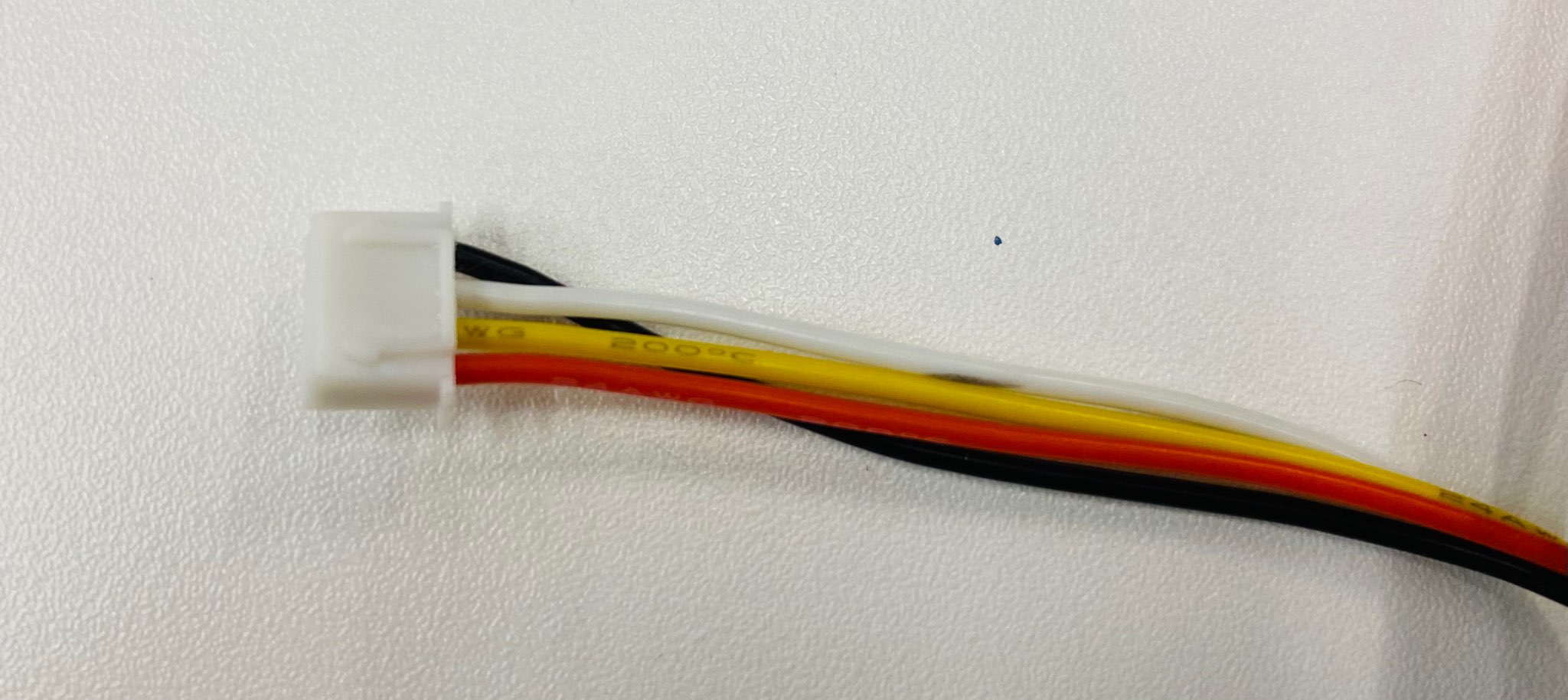
The battery connector is used for charging and discharging.
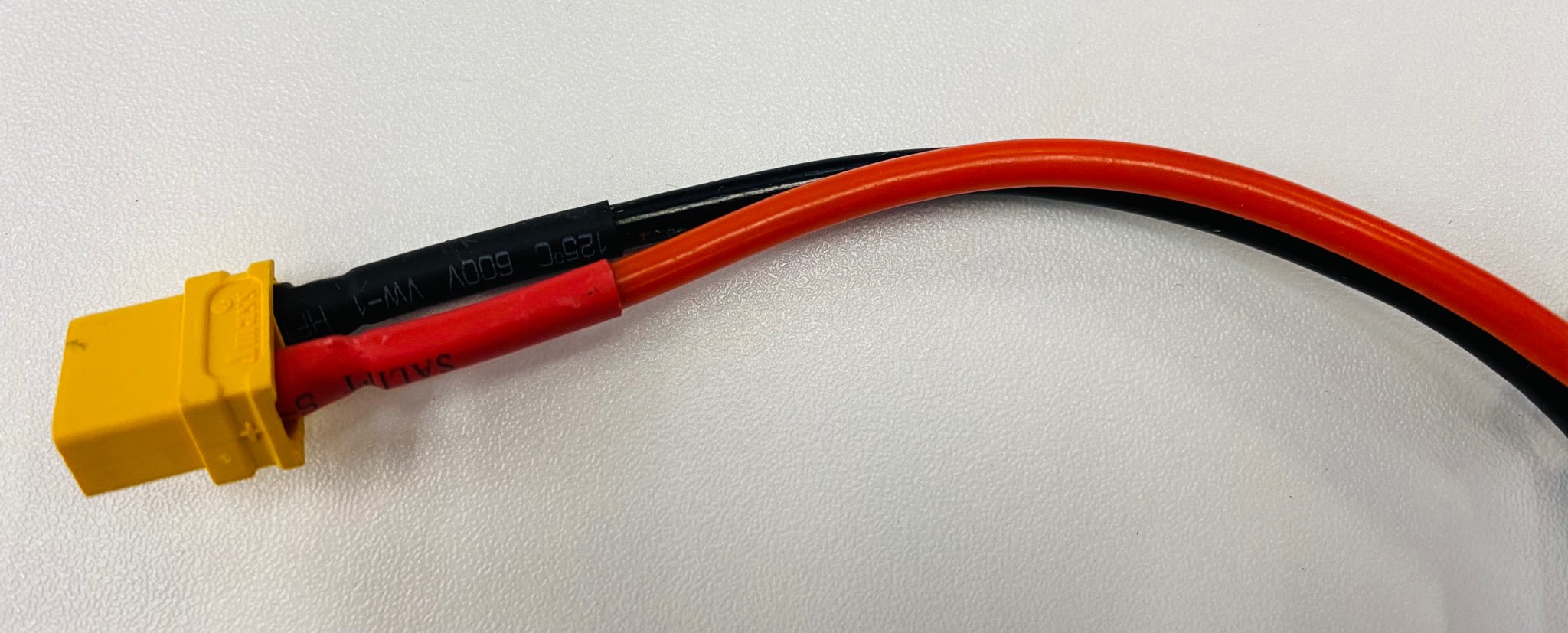
Choosing the Correct Charger
Most RC chargers on the market today will have the capability to charge different types of batteries. Because different types of batteries have different chemical properties and charging needs, using an incompatible charger can ultimately lead to an accident.
When looking for a charger, make sure to thoroughly check the “Compatible Batteries” section. For this guide, we will be using the Turnigy Reaktor D6 Pro which works with 11 types of batteries.
Determining Your Charging Parameters
When it comes to actually charging your LiPos, there are only three variables that you need to configure. These three variables are the Battery Type, the Cell Voltage (V), and the Current Setting (A).
Battery Type is self-explanatory, just choose the LiPo option on your charger. Cell Voltage may differ depending on the type of LiPo you have and should generally be set at the max voltage of your individual cell. For regular LiPos set this at 4.2V, for LiFes, at 3.6V, and for LiHV, at 4.35.
The Current Setting can be a little tricky as this determines how quickly you’re charging your battery. If you exceed the advised charge rate, your LiPo may overheat and catch fire. We typically recommend beginners charge their LiPos at 1C. 1C just means to charge your battery at 1A for every 1000 mAh. So, for a 3000 mAh battery, you would charge at 3A, for a 5000 mAh battery, you would charge at 5A.
Taking a 2700mAh 3S 30C LiPo as an example, here is how we would set the parameters:
- Battery Type: LiPo
- Cell Voltage: 4.2
- Current Setting: 2.7A
Time to Get Charging
Once you have determined the correct charging parameter for your battery, map them out on your charger.

When everything is set and looks correct, plug your connectors into their respective inputs.
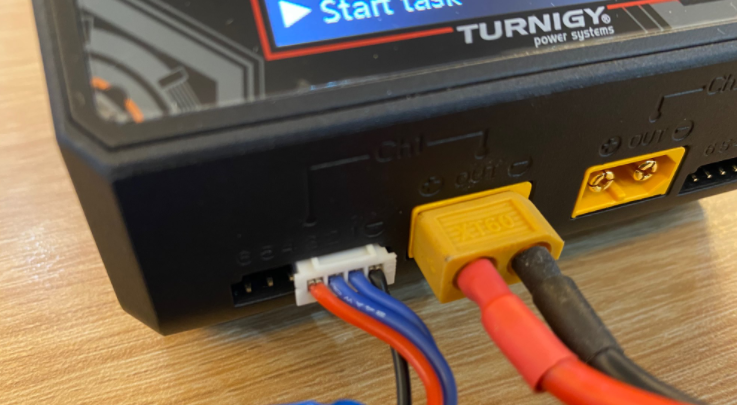
Before you start charging, remember to place your LiPo in a LiPo Safe bag to safeguard and reduce the risk of an accident.
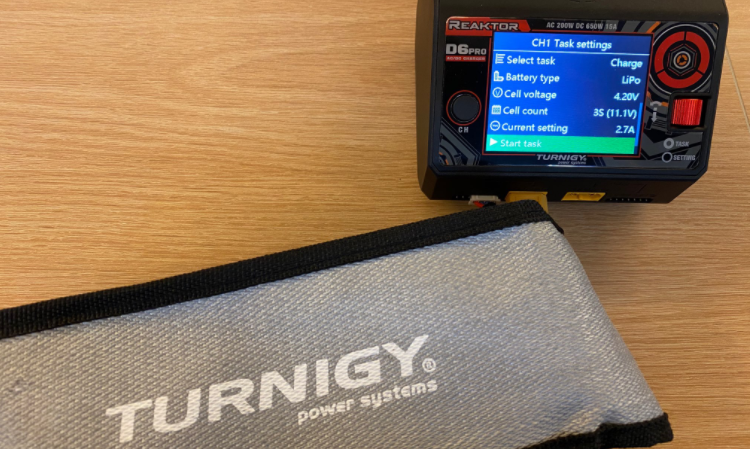
Once everything is in place, just hit the “Start” button. Never leave a charging battery unattended. If you need to step out for a bit, stop the charger and resume when you are back. Once your battery is fully charged, the Turnigy Reaktor D6 Pro will signal a notification and stop charging automatically.
Be reminded, never leave your LiPo batteries sitting around on a full charge for more than 2 to 3 days. If you are not planning to use your LiPos anytime soon, we highly recommend you to discharge your batteries down to 3.6V - 3.8V for storage until you are ready to use the battery again.
---
Hear it First: Join our Mailing List
Sign up to receive new product updates, exclusive discounts, news, and more!

